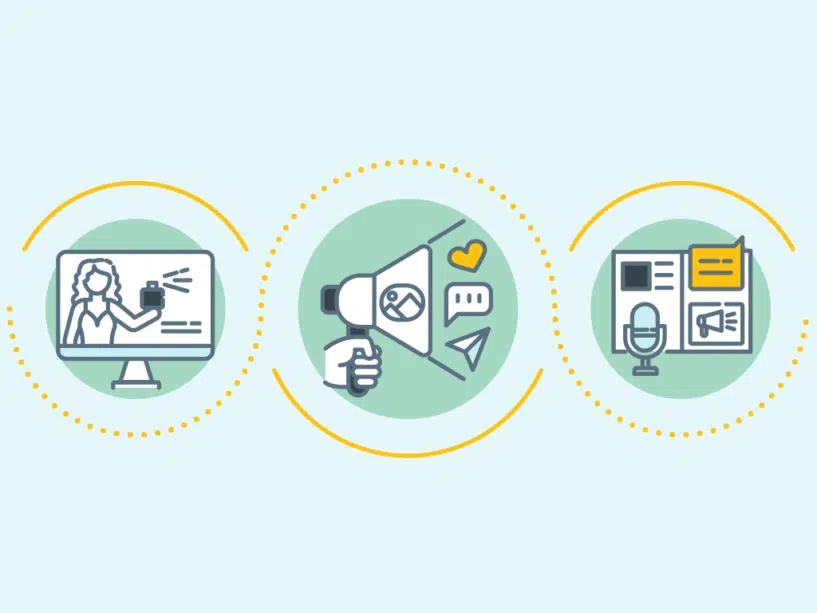The Ultimate Guide to Reverse Publishing

Reverse publishing is a growing trend that can help you integrate and optimize content across channels. A report by UPM Papers describes it this way: “Publishers flip their traditional approach of taking magazine content and later making it available online, to one whereby digital content is published online first and later repurposed in print form.”
Why You Need Reverse Publishing in Your Content Planning Strategy
Publishing on a digital platform can be a low-cost alternative to launching a test product in print. And digital publishing tools such as blogs and social media provide a low-cost or free lab in which to experiment. Publishers who find success with their online content can use that valuable data to make smart content decisions.
In GLC’s Ultimate Guide to Reverse Publishing, you’ll discover:
- Basic principles of reverse publishing and when it makes sense to publish digital content in print
- Where to uncover analytics, search results and audience insights to inform story ideas
- How two national health organizations used digital results to inform print editorial planning
- Ways to save time and money as you produce content
Our digital-to-print content production guide is perfect for publishers, content managers and anyone who oversees content or has a content role. We’ll break down the reverse publishing process and answer the following questions:
- What does reverse publishing entail?
- Where should my team look for data to inform content decisions?
- How can my team gather digital cues to inform an editorial blueprint?
- How can my organization use a digital-first strategy to make a bigger print impact?

